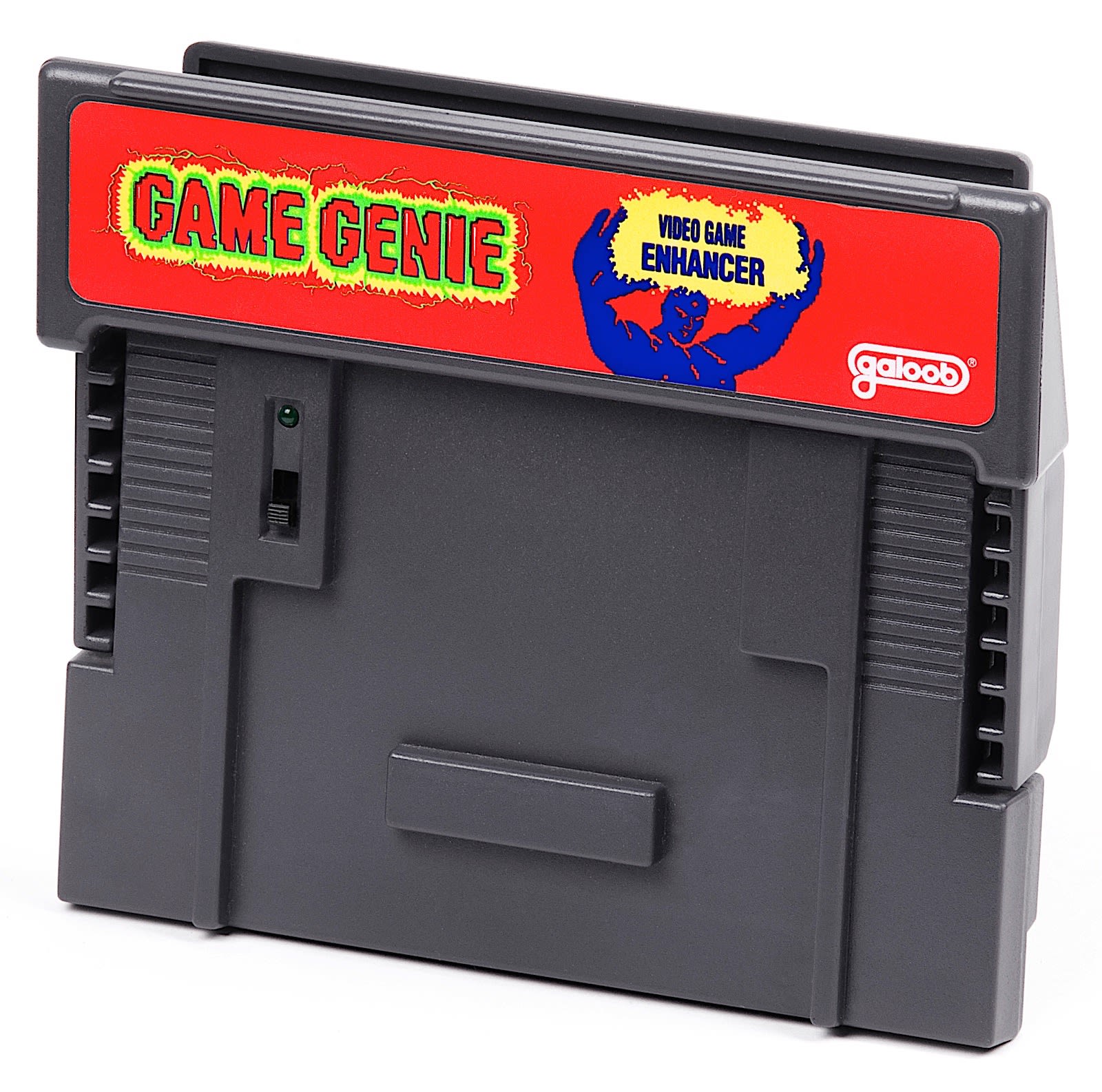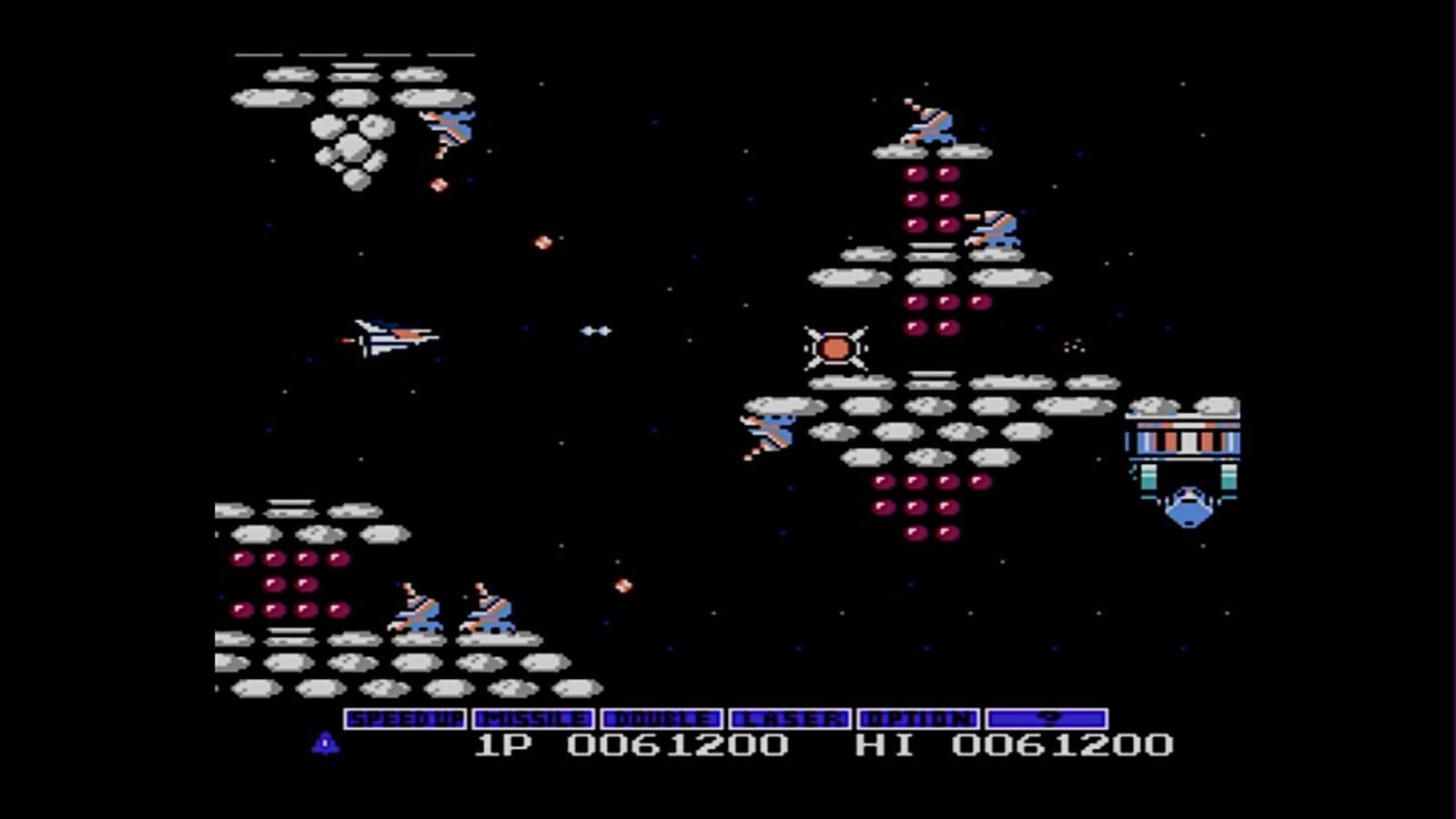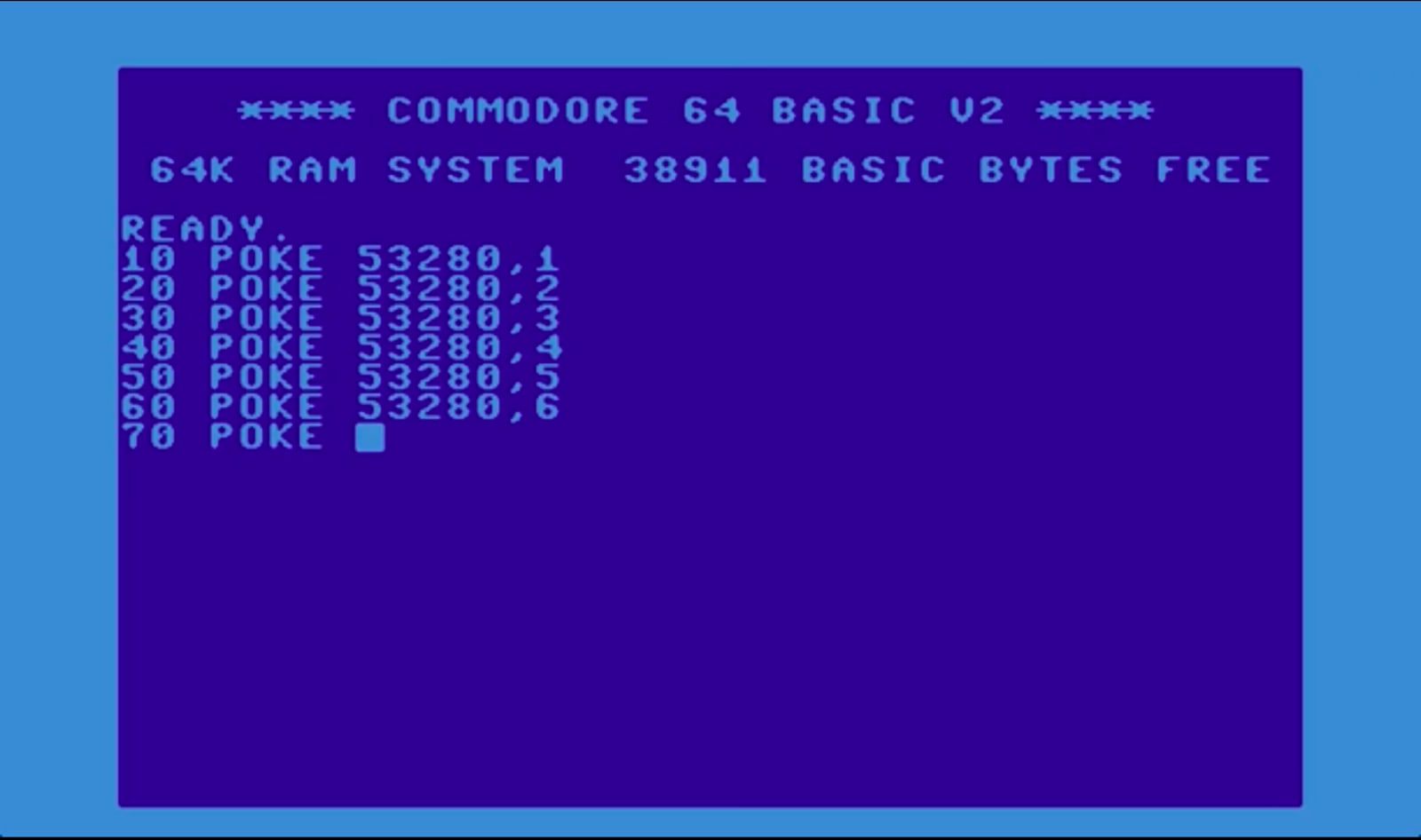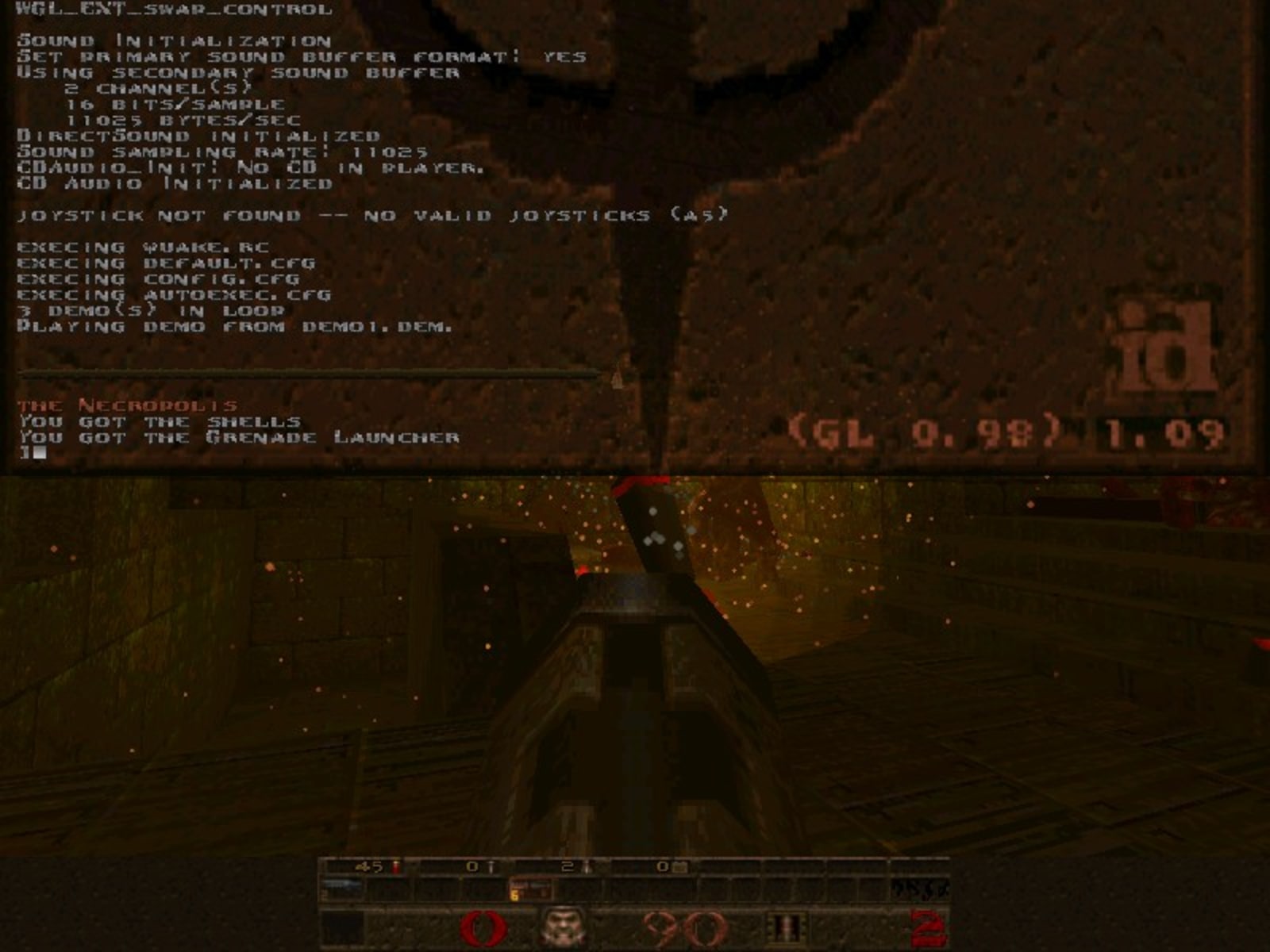For as long as we’ve played games, there have been players willing to break the rules in order to win. Whether it’s rolling weighted dice, counting cards, or hip checking pinball machines, you can bet your bottom dollar that if there’s a game of chance, someone’s working to work the odds in their favor.
It’s no different in the modern era of online and console gaming — some of the most iconic cheats in videogame history were put there by the person making the game itself. The Konami Code (up, up, down, down, left, right, left, right, B, A, start) is perhaps the most well known cheat code in gaming history. It was added to 1985’s Gradius for the NES by the game’s developer, Kazuhisa Hashimoto, who found the game to be too difficult during its debugging phase.
"A lot of the time they were put in for testing," Ste Pickford, one of the developers for Solar Jetman, Plok and Equinox, told Red Bull in 2014. "We tended to have fairly simple user interfaces in games back in the 8-bit days – no pages of menu screens where we could add a cheat list – so a cheat code on the front end was often used as an easy way for testers to get to different parts of the game quickly, or try out different features. Some were left in release versions by accident."
Enabling developers to effectively jump to any point in the game also saved countless hours of work during testing and debugging, hence the Sonic the Hedgehog level select cheat (hold A, press up, down, left, right, and once the chime sounds, hit start). And as Pickford mentioned, feature select cheats like Mortal Kombat’s ABACABB code served as the game’s blood and gore toggle.
These codes often held personal meaning for their developers as well. ABACABB is actually a nod to Genesis, the Phil Collins-fronted British rock band that shares the same name as the Sega system.
A cheat code can also be useful for your resume. "We did a nice one in Ken Griffey presents Major League Baseball on the SNES," Pickford continued. "We had a code to cut straight from the title screen to the end-of-game credits sequence, which was not only a nice sequence but also a nice way for all of us on the dev team to be able to instantly prove we worked on the game, back when getting credit was quite rare. The code was, I think, ‘BADBUBBA’. This came from ‘Bubba’ being the childhood nickname of the producer and designer of the game."
But developers weren’t the only ones rummaging around in a game’s operating code. As far back as the Commodore 64 era, players themselves used POKES to access the contents of a game’s specific memory cell before loading the program. The Commodore 64, ZX Spectrum and Amstrad CPC all allowed POKES. Doing so allowed players to edit various values and, if done properly, boost their stats, impart damage immunity or otherwise modify how the game played. For example, using "POKE 755, 4" on an Atari 8-bit system instructs the graphics card to invert all on-screen text. Of course, finding the right memory cell was a hit-or-miss endeavor. Just as often as you’d find a POKE that boosts your characters powers, you’d find one that imparts the same stat boost to your enemies.
By the time that Nintendo had taken over the gaming scene with the NES, these early DIY mods had evolved into a cottage industry with players sharing their various exploits through offline hobbyist clubs and informal interpersonal networks — think the internet, but in analog and not a total dumpster fire.
Cheating in 8-bit subsequently became a proper commercial enterprise with the release of Codemasters’ Game Genie cartridge, Datel’s Action Replay, and Mad Catz GameShark. Game Genie, for example had iterations for the Sega Genesis, NES, Super NES — even handheld systems like the Game Boy and Game Gear. Once systems moved on to disc-based media, we saw the rise of the GameShark and Code Breaker devices.

By the mid ’90s, cheating at video games had become downright trendy. Nintendo Power launched to great fanfare in 1988. The publication was packed with tips and tricks for the day’s most popular games in addition to industry news. The Nintendo Power Line, which launched alongside the magazine and ran until the internet killed it in 2010, offered direct phone help to confused gamers from professional advisors.
Tips and Tricks, which first went on sale in 1995, was even more focused on the finer points of cheating. It published everything from lists of popular codes to reviews on the latest POKE cartridges in addition to its gamer "lifestyle" coverage. Heck, there was even a TV show dedicated to cheating at video games. Cheat! launched on the G4 network back in 2002 and ran for an impressive 174 episodes through 2009. While none of those publications are still active, their popularity did have a lasting effect on the industry as they gave way to today’s plethora of online (and print) strategy guides, walkthrough and tip sites.
Throughout this celebration of subversion, PC game makers in the 1990s continued to load their products with effort-saving development codes as a part of the development process. Take 1996’s Quake, for example. Tapping the ~ button while playing brought up the developer console into which one could input any number of game-altering codes. Everything from status effects and level selects to noclip, fly and god mode could be accessed and key-mapped for instant deployment.
That practice, unsurprisingly, remains in place today. Devs still need to quickly access various portions of and situations within the game during testing, and enterprising players continue to look for shortcuts to victory. Doom (2016) for PC allows for an equally wide variety of cheat codes to be entered through the command line. After hitting Ctrl+Alt+~ to open the dev console, players can toggle god mode, receive fully upgraded gear and weapons, or reveal any unexplored areas of the mission map. The same is true for Fallout 4 on PC. Just hit that tilde (~) button and go to town.
As consoles and PCs made the transition to online gaming rather than relying on split screens and LAN parties, the cheats invariably followed. And that’s where the trouble started. Cheating at a one or two-player game isn’t a big deal — unless you happen to overtake your older brother’s high score or something to that effect. Worst comes to worst and you’ll get called out by the game itself as Super Mario 64 cheats quickly learned.
— Akfamilyhome (@AkfamilyhomeAK) April 8, 2019
But when you start cheating in online games, you’re directly impacting — overwhelmingly often in a negative manner — the experiences of everybody else in the instance. Anybody who’s been sniped by a camper who was running an aimbot and wall hacks in CounterStrike: Global Offensive can attest. Even exploiting in-game glitches like the Last Stand Grenade Trick in Call of Duty: Modern Warfare or simply unplugging your router before losing a match of Starcraft can make for a miserable experience for the players around you.
In 2018, an Irdeto Global Gaming Survey of 9,436 consumers found that 60 percent of respondents had their gaming experiences negatively impacted on multiple occasions by cheaters. The study, which spoke to players in China, Germany, Japan, South Korea, the UK and US, also found that 77 percent of respondents are likely to stop playing online multiplayer if they suspect other players were cheating and 48 percent said they’d be less likely to purchase in-game content.
And since the success of an online game requires a large and active user base, their developers can’t go letting a subset of cheaters ruin the fun for the larger community. As such, the gaming industry has long sought to counter the influence of cheating players though the methodologies vary widely between games and platforms. Banning players for cheating has long been a useful cudgel for game developers as have anti-cheating software like PunkBuster.
— Sonic the Hedgehog (@sonic_hedgehog) April 9, 2019
Developed by Even Balance Inc, PunkBuster is a program designed to detect the use of cheating software in online games. It made its debut in 2000 for Half-Life. The PunkBuster Client runs locally on a player’s system, running real-time memory scans to spot any known cheats, hacks, key bindings or illicit scripts, while the program’s servers request frequent status updates — up to and including screenshots — from all clients connected to them.
If a player is found in violation of the rules, PunkBuster Admins can remove the player from the game for a specific amount of time, up to a permanent GUID ban, which is tied to the game’s license key and requires the player to purchase another copy if they want to play again. PunkBuster is primarily used for FPS and action games. The Battlefield, Ghost Recon, Rainbow Six, Medal of Honor and CoD franchises, as well as Assassin’s Creed, FarCry 2 and 3 all utilized the service.
Anti-cheat systems also exist on the server side, the most well known being FairFight. AAA studios like EA, Crytek, PopCap, Dice and Ubisoft, as well as a number of indies, utilize the middleware. So rather than reside on the player’s system, constantly scanning for offending 3rd-party code, FairFight examines a player’s actions and tests them "against multiple statistical markers to identify cheating as it occurs. FairFight cross-checks these indicators using objective server-side reporting tools and takes action when both approaches correlate to cheating," the company’s website explains. Once the system spots a likely cheat, admins can impose graduated penalties spanning from simple warnings to outright bans.
Valve’s Anti-Cheat system (VAC) is not nearly as forgiving. That system’s bans are "permanent, non-negotiable, and cannot be removed by Steam Support," according to the Steam Support page.
This fully-automated admin sits on the server side, scanning every player that attempts to connect to one a Steam server protected by the VAC. "If a user connects to a VAC-Secured server from a computer with identifiable cheats installed," the page explains, "the VAC system will ban the user from playing that game on VAC-Secured servers in the future."
The exact moment when admins at #eXTREMESLAND2018 caught forsaken and he attempted to delete the hack pic.twitter.com/rZG7aYBdbD
— CSGO2ASIA (@CSGO2ASIA) October 19, 2018
If only gaming squad OpTic India took the VAC into account prior to the Extremesland Zowie Asia CS:GO 2018 tournament. In the midst of that $100,000 tourney, the VAC system caught OpTic’s Nikhil "forsaken" Kumawat using an aimbot. As such, the team was unceremoniously booted from the tournament, leading the team to eventually close shop.
For regular cheats, this can be a huge hassle. But for professional gamers, being caught cheating can be disastrous for their career, as competitive Fortnite player, Damion "XXiF" Cook recently discovered. However, Cook wasn’t busted by an AI — he was taken down by his own fans.
During the qualifiers for the $30 million Fortnite World Cup, viewers noted that Cook was scoring ludicrously easy shots and suspected that the pro-gamer had teamed up with friends who fed him kills to win a spot in the tournament proper. This form of cheating, known as "teaming," involves what should be solo players cooperating with one another to influence the outcome of an online game. Unfortunately for Epic Games, there is no way for this sort of behavior to be autonomously monitored as the cheats need only pick up a phone to coordinate their online actions in real life.
Cheats aren’t always used to give players an unfair advantage over the computer or their peers. In recent years, the industry has taken strides to make gaming more inclusive and enjoyable for an increasingly diverse and vocal playerbase. As such, developers often include "cheats" as Easter Eggs that can help make the game more accessible (and more fun) to casual players. The "assistant mode" found in both Super Mario Odyssey and Celeste helps take the edge off of otherwise challenging gameplay by reducing or eliminating death penalties and boosting health stats. Mario Kart 8 Deluxe offers a similar feature by giving the player the option of having the computer steer or accelerate for them. When utilized properly, such a feature can make racing against younger or less dextrous drivers a more equitable affair.
Of course, developers have also seen the value of cheat codes as a revenue stream. Rather than simply giving away various bonuses or boosts via secret commands, publishers have discovered that people will happily pay for them as DLC or in-game microtransactions. Assassin’s Creed: Odyssey, for example, offers players a means of boosting their XP generation rate by 50 percent — not through a convoluted series of inputs, just a $10 charge on your credit card.
Whether you exploit them or not, cheats are an intractable facet of modern gaming. They help developers test and debug their programs faster, with less effort, while providing a leg up for players otherwise overwhelmed by a game’s difficulty.
Now, obviously, when doinks like XXiF and forsaken do it, that’s bad — but their bad is bad in the same way that counting cards in poker or the Patriots slightly deflating footballs is bad. There’s cheating for harmless fun and there’s cheating for profit and you don’t do the latter. However, when used sparingly, judiciously, cheats can be leveraged to make gaming more accommodating and enjoyable for everyone.
Images: Nintendo (Gradius); supermaletperson / YouTube (Commodore 64 POKES); Steam Community (Quake console)
from Engadget https://engt.co/31vnths
via IFTTT




